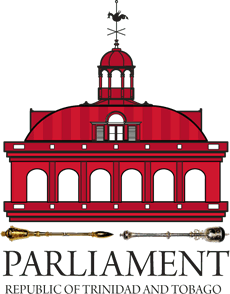INCREASE IN MANDATORY MATERNITY LEAVE
The House of Representatives began debate on The Miscellaneous Provisions (Maternity Protection and the Masters and Servants Ordinance) Bill, 2012 on Friday March 16, 2012.
The following is a brief explanation of some aspects of the Bill
The full text of the Bill is available in PDF format on this website, you can download it via this link . You may also place your comments directly on this Bill page, which can be accessed here.
What is Maternity Leave?
Maternity Leave is an employee benefit that provides paid or unpaid leave/time off work to care for a child or make arrangements for the child’s delivery and or welfare. During this time, the mother is paid a maternity benefit. In Trinidad and Tobago, this is paid by the National Insurance Board (NIB) once a certain number of contributions have been made. The employer is also required to pay the employee an amount equivalent to one month's leave with full pay and two months' leave with half pay.
Purpose of Maternity Leave
Maternity Leave affords a new mother the opportunity to care for her child after birth while also taking into consideration the time right before birth when an expectant mother may be less able to efficiently perform her duties on the job. It protects the mother from being dismissed from her job after giving birth by giving her the right to resume work after leave on terms no less favourable than were enjoyed by her immediately prior to her leave
What are the key features of this proposed legislation?
- The Act amends the Maternity Protection Act Chapter 45:57 by increasing the mandatory maternity leave entitlement of thirteen (13) weeks to fourteen (14) weeks.
- The Act also repeals the Masters and Servants Ordinance Chapter 22 No. 5
Important issues for consideration:
- Legislation will be inconsistent with sections 4 and 5 of the Constitution
- Should consideration be given to allowing the spouse or partner of the woman paid paternity leave?
- Should consideration be given to dividing the parental leave equally between both parents to encourage greater paternal involvement in child rearing?
- Is the increase to fourteen (14) weeks sufficient? In many European countries the woman is entitled to as much as 52 weeks maternity leave.
- Has any complaints mechanism or dispute resolution system been established at each Authority?
- How does this amendment relate to proposed public procurement reform that is at present being contemplated?
